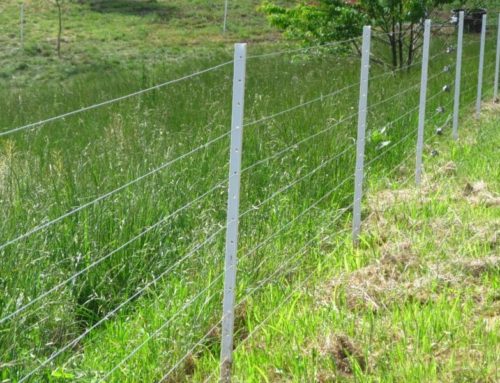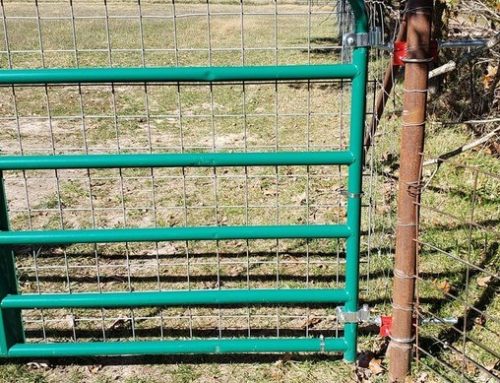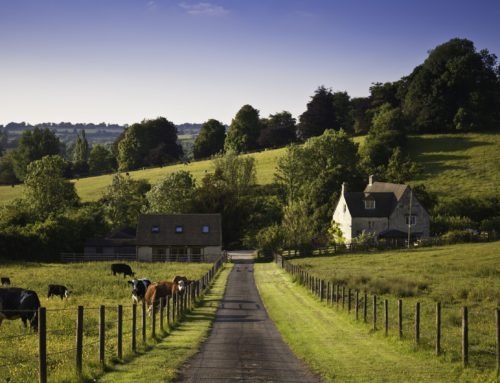Electric fencing is fine. It makes it possible to be more flexible and versatile with our management and I recommend it without reservation. As one of the ads by one of the companies that sell power fencing products states, it will maximize grazing and increase profits, and without question, that’s what all of us who
use or plan to use electric fences are hoping to do. But, as with most things that we do there is a process, a step-by-step method, that makes all of this work as it should work.
Electric Fences Require Us To Work With Animal Psychology
Now we all can recognize that a 4 or 5 strand hard wire electric fence with proper post spacing is without question a physical barrier. But what about that one strand of poly wire that will divide the pasture on a temporary basis and is moved periodically? Cattle can push it down, run thru it or jump over it. Sheep and goats can push against it and go under it or over it as well. (Now I’m guessing here about the sheep and goats I really don’t know about them.)
I have never attended a pasture walk or workshop that included fencing instruction that did not emphasize the fact that electric fencing, especially poly-wire, is a psychological barrier not a physical one. Yet, the mistake I have seen some folks make, and they pay for it over and over again, is simply failing to train the livestock to respect the electric fence. Their animals don’t understand the idea of a psychological barrier. This can lead to frustration, wasted time, and in some cases a complete collapse of the whole operation.
So Start With Training
Here’s how we have trained hundreds of stocker calves to the electric fence and I have been told that this works for sheep and goats as well. These are sale barn calves not home raised calves so it is fair to say that some of them have not been treated very well. The calves are unloaded into a catch pen with water and hay and are kept there for 24 hours.
The day that they are turned out of these pens they are released into what we call a trap. This is a gathering pen that funnels into the working pens. The calves are not driven out of the pens that they have spent the last 24 hours in. We just open the gate, walk away, and leave the calves on their own.
The trap has two rolls of hay, one at each end, and a water trough at the end farthest from the gate leaving the catch pen. We run a single poly wire across the trap, except for an opening on one side about 15 feet wide. Animals must be travel through this gap to get from one end of the trap to the other and with the water trough only on one end it becomes necessary to make this trip. The rolls of hay are placed close to the hard wire perimeter to cut down on fence walking.
via Teaching Livestock to Respect Electric Fences — On Pasture



